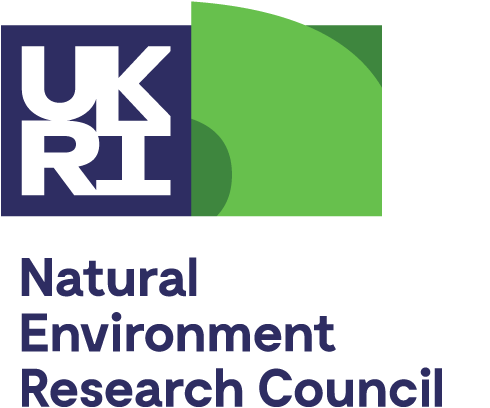SoS RARE field workshop in Brazil
In mid-July 2016, we held a SoS RARE field workshop in Brazil to investigate the geology of the Serra Dourada granite, a potential rare earth element deposit of the ion adsorption type. The field trip was led, and very ably organised, by Igor Vasconcelos Santana, who is working towards a PhD on the magmatic and weathering processes affecting this granite massif.
A group of nine assembled in Brasilia on the 12th of July, including SoS RARE team members from the University of Brighton, Camborne School of Mines and the British Geological Survey, as well as project partner Kenzo Sanematsu from AIST, Japan. Igor had enlisted a second (excellent) driver, who happened to have the same name, and so inevitably became 'Igor Two' for the duration of the trip. The next day we drove north to the mining town of Minaçu, overlooked by the Cana Brava asbestos mine.
From our base in Minaçu, we spent three days investigating the geology of the Serra Dourada massif. The massif is made up of rolling hills, with rounded, black-weathered outcrops of granite poking through open woodland, and is easily accessed by a series of dirt roads that criss-cross the hills. As well as the geology, we were also distracted by the spectacular birds of the area – sights included toucans, parrots, hummingbirds, a burrowing owl and several red-legged seriemas.
The Serra Dourada granite is a medium- to coarse-grained biotite granite, foliated throughout but with some zones of very intense deformation. Sheets of granitic pegmatite form a network throughout the granite. Igor showed us that on the hilltops, the granite is typically weathered to a c. 2 - 4 m thick saprolite layer, where the structures within the granite remain visible but the mineralogy has been altered. This saprolite layer represents a major source of easily-leachable rare earths. Further down the hillslopes, restricted basins and stream valleys have been infilled with alluvial sediments that have themselves been weathered. Igor's work has already showed that these sediments are also enriched in easily leachable REE, and that they typically concentrate the HREE slightly compared to the fresh granite.
Overall the trip was very interesting for the SoS RARE team, and offered a great opportunity to discuss ion adsorption deposits in the field. We collected some samples, which will be used to compare the mineralogy, geochemistry and microbiology of the Serra Dourada with our main study area for this deposit type in North Madagascar. The Serra Verde exploration project within the Serra Dourada massif is also being investigated by a team from the Natural History Museum, and we hope to develop further collaboration that will contribute greatly to our understanding of easily leachable deposits of the rare earth elements.
Kathryn Goodenough, 20 July 2016








